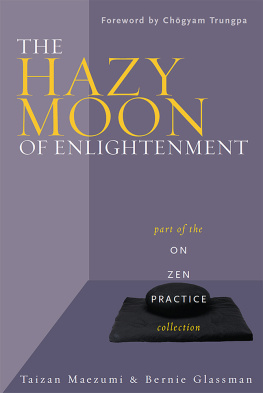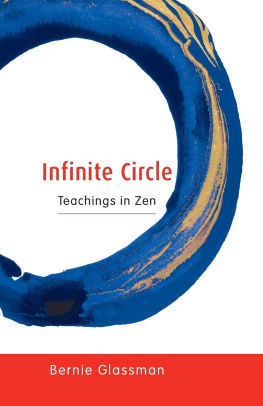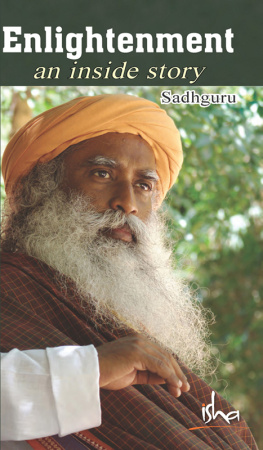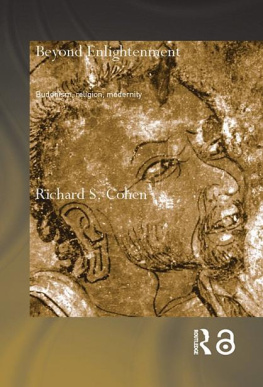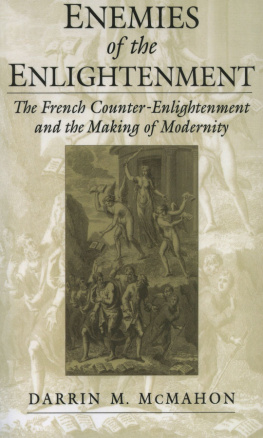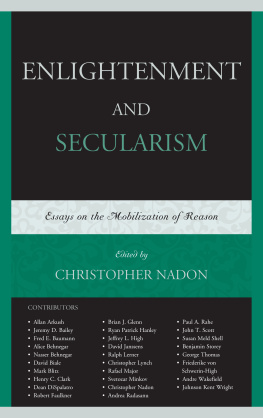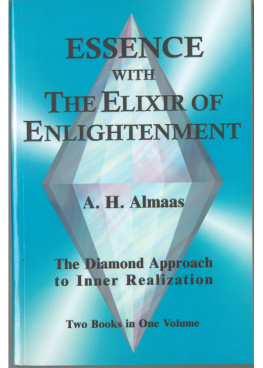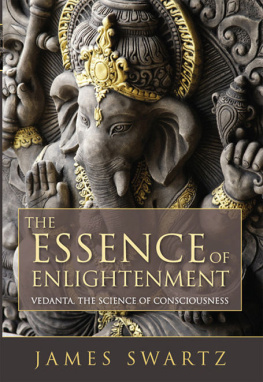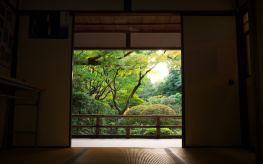About the Authors
HAKUYU TAIZAN MAEZUMI ROSHI (19311995) A Soto Zen priest, Maezumi Roshi was a successor to masters representing three major lines of Zen teachings: the Soto Zen lineages of Hakujun Kuroda Roshi and Hakuun Yasutani Roshi, and the Rinzai Zen lineage of Koryu Osaka Roshi. He was the founding abbot and resident Zen master of the Zen Center of Los Angeles, and Zen Mountain Center, and the founder of the White Plum lineage. He was co-author, with Bernie Tetsugen Glassman, of The Way of Everyday Life (Los Angeles: Zen Center of Los Angeles Publications, 1978) and On Zen Practice (Boston: Wisdom Publications, 2002), and author of The Echoless Valley (Mt. Tremper, N.Y.: Dharma Communications, 1998), Teaching of the Great Mountain (edited by Anton Tenkei Coppens, Boston: Tuttle, 2001), and Appreciate Your Life: The Essence of Zen Practice (edited by Wendy Egyoku Nakao and Eve Myonen Marko, Boston: Shambhala, 2001).
BERNIE TETSUGEN GLASSMAN ROSHI (1939) Maezumi Roshis first Dharma successor, Glassman Roshi is the founder of the Greyston Foundation, and cofounder with his late wife, Sandra Jishu Holmes Roshi, of the Peacemaker Community. He is the co-author, with Rick Fields, of Instructions to the Cook (New York: Bell Tower, 1996) and the author of Bearing Witness (New York: Bell Tower, 1998) and Infinite Circle (Shambhala: Boston, 2002). He lives in Massachusetts.
FLORA COURTOIS (19162000) Flora Courtois was a psychologist and early brain biofeedback researcher. A founding member of Zen Center of Los Angeles, she authored a small book, An Experience of Enlightenment, and numerous articles about Buddhism, which have been widely read and republished. She also founded the Foundation for Traditional Studies, which publishes the journal Sophia.
HAKUUN YASUTANI ROSHI (18851973) A Soto Zen priest, he became the disciple of Daiun Sogaku Harada Roshi, from whom he received inka in 1943. He founded Sambokyodan, an independent religious organization. Yasutani Roshi made frequent visits to the United States, and in 1970, named Taizan Maezumi as a Dharma successor.
Appendix
EFFORT AND INTUITION:
THE SUDDEN AND THE GRADUAL RECONSIDERED
Neal Donner
T HE GRADUALIST, head monk Yuquan Shenxiu (J. Gyokusen Jinshu) (first in the Northern School), said:
The body is the Bodhi-tree,
The mind is like a clear mirror.
At all times we must strive to polish it.
And must not let the dust collect.
The suddenist, illiterate country boy Dajian Huineng (J. Daikan Eno) (first in the Southern School), said:
Bodhi originally has no tree,
The mirror also has no stand.
Buddha nature is always clean and pure;
(or, From the first, there is not a single thing.)
Where is there room for dust?
(tr. Philip Yampolsky)
One of the best-known stories in Zen is the competition between the above two views. The Fifth Ancestor had asked his disciples to compose verses so that he could judge the depth of their attainment. Shenxiu and Huineng were the only two with the confidence to expose themselves to the Fifth Ancestors judgment.
This story crystallizes in peoples minds the famous contrast between sudden and gradual even if they have never read the Platform Sutra, where the tale is found. While the origins of the controversy can be traced to more than a thousand years before, and its reverberations have continued more than a thousand years to the present, the Platform Sutra itself is the classical, and immensely popular, statement of the sudden-gradual dichotomy.
As those who have heard or read the story know well, Huinengs sudden enlightenment verse was judged the more profound and earned him the ancestorship. In consequence, both Rinzai and Soto Zen are said to be descended from him. Very simple, we say to ourselves, and feel we are clear about sudden and gradual. Suddenness is better than gradualness. Obviously.
Only we might wonder how gradualism could have hung on so persistently that it still seems to have the power to challenge suddenness. Perhaps we have heard or read a Zen teacher emphasize the gradual as a necessary complement, not merely the abhorred opposite, of the sudden. Or perhaps we have read or heard discussion in which various meanings of the sudden-gradual dichotomy were illuminated. Or we may have concluded on our own that there is something fishy about such a cut-and-dried opposition. It doesnt seem so simple any more. In fact, it is in part this ambiguity, this richness and pliability of their meanings that has helped to make this pair of words so resoundingly evocative through a millennium of East Asian cultural history. Only a few Western pairs of opposites have had such a prominent career; free will versus determinism comes to mind as one of these.
It is misleading to rely on the Platform Sutra for ones understanding of the sudden-gradual opposition, for as scholars have clearly realized only in this century, that text and the similar pronouncements by Huinengs successors in the Southern School are partisan arguments for the superiority of their approach and lineage over the Northern School. In fact, Huinengs presumed rival Shenxiu turned out to be an eminent and successful meditation teacher. He and his successors powerfully expounded mainstream Mahayana, and certainly he was far better known in his own lifetime that Huineng. This hints that we must beware of allowing sectarian polemics to hinder us from a clear appreciation of the gradualistic mode of practice. By broadening the focus to include dynamics active in Chinese intellectual and religious history as a whole, we can avoid being caught at one extreme of the controversy.
Beginning at least as early as twenty-five hundred years ago, well before the introduction of Buddhism, China developed two quite different approaches to, as well as definitions of, sagehood. These predate the Platform Sutra by a millennium, but uncannily foretell many elements of the later Buddhist controversy. On the one hand, Confucianism stood for the piece-by-piece accumulation of virtue and discriminating knowledge, an affirmation and continuation of what was best in human tradition. On the other, Taoism recommended a return to the primordial Source, the inexpressible, spontaneous activity of the human mind. The Confucian way was characterized by its opponents as stuffy, formalistic, pedestrian, conventional, and limiting (though they could not deny that it gave to Chinese society a structure and coherence unrivalled in any other land). The Taoist way was considered by its enemies to be undisciplined, anti-intellectual, disrespectful, impulsive, and not quite sane (though they had to admit that is was, and is, associated with much of the finest of Chinese literature and painting, medieval science and technology, and also with numerous and often justified popular uprisings against governmental repression). Yet the virtues of each approach were such that coexistence even in a single person was common and Confucian in office, Taoist in retirement a well-known phrase. They seemed to express different but not necessarily antagonistic aspects of the Chinese (or human?) character, rising and falling in their predominance through the lives of individuals and the history of the nation. Even today it is not difficult to discern in China both trends of thought, though now under different names, contending with and influencing each other.
This is part of the matrix from which was drawn the Zen sudden-gradual debate. For many centuries the Confucian bias for measured, rationalistic, gradual improvement had stood in contrast to the Taoist sudden rush of feeling, the intuitive leap, the abandonment to impulse. Entering China in about the second century A.D., Buddhism wavered for five hundred years between these two poles. Zen finally aligned itself on the side of suddenness (though without suppressing many of the gradual virtues). Other Chinese Buddhist schools took their places elsewhere on the spectrum. The issue was also joined, though never at the forefront of debate, in Indian Buddhism, before any passage to China. Earlier forms of Buddhism had seen craving (desire) as the fundamental obstruction on the Path, and recommended a variety of gradualistic disciplines to overcome this as well as the related emotional defilements. While they plainly held that wrong views or intellectual defilements also needed rectifying, the early Buddhists had not yet identified dualism as the prime delusion.
Next page
